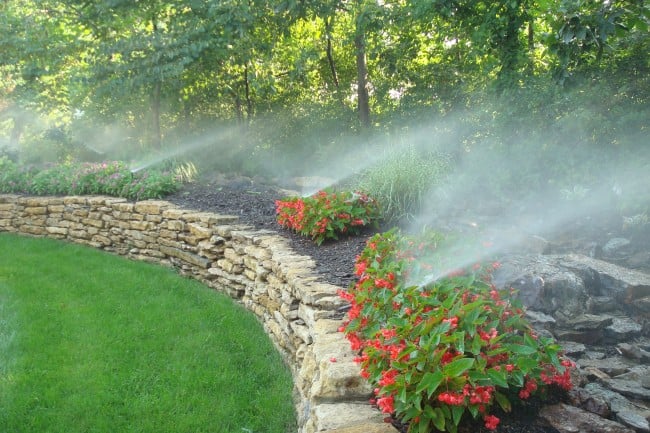
Traditional sprinklers certainly make yards grow green and look vibrant and healthy. And though they do their job well, they also waste a lot of unnecessary water. Since they spray the moisture through the air, a lot of water gets lots in the atmosphere before it even reaches its target. And if you live in particularly arid regions of the country, the water may evaporate or be diverted by the wind instead of getting to the thirsty vegetation. This is why a more environmentally-sound solution has been gaining in popularity.
Drip irrigation systems are installed directly above or below each plant and steadily provides water by literally dripping onto the vegetation. Typically set at a low-flow rate, they help conserve water in areas where it is most scarce and often restricted. By helping to avoid over-watering and giving only what each plant needs to thrive, these “sprinklers” preserve the natural world while still allowing your backyard to flourish.
Passive Preservation
Drip irrigations systems allow complete control of your water, which ultimately makes them more efficient and effective through their slow trickle-down method.
- Increased Savings: Since you’re using less water overtime, the best advantage gained by the homeowner is increased savings on water bills. You can even set them on a timer that controls their function and flow rate (this will vary depending on the vegetation and region). However, less water (and less money) doesn’t mean less productivity.
- Accurate Aim: Due to their low-flow rate, water directly penetrates the soil, which helps to increase your yield and overall growth. However, since it’s so gentle, there is no soil erosion and no risk of run-off which can often take away vital nutrients and fertilizer.
- No More Waste: Traditional sprinklers tend to water everything in sight: the driveway (which can cause moisture damage), the sides of your house (which can create mold build-up on your siding), and your privacy fences (which can cause slow deterioration). Since drip irrigation systems are so accurate, they’ll never hit these valuable areas.
- Total Control: Traditional sprinklers tend to over-saturate an area, which can damage plants, cause fungal disease, and produce pesky weeds. With these systems, since water is dribbled only over the plant at a very slow rate, they eliminate unwanted side effects.
Easy Installation
Drip irrigation systems can be adapted anywhere, no matter the region. And since they simply hang above or below the plant, they’re perfect for uneven or narrow terrain.
- Above Ground: The more popular method, in which tubing is hung above the plant and water drips from emitters into the soil. It’s easier to install, clogs less, and though it’s unsightly (and creates tripping risk), it can often be hidden with a thin layer of mulch.
- Below Ground: Bury the tubing and emitters under the soil so that it directly penetrates the root structure. It’s more efficient and out of the way, however they’re still not safe from those burrowing vermin that may indulge in a midnight snack.
- Parts and Installation: It’s always best to hire a professional landscape architect to get you started. There are lots of parts (valves, filters, tubing, pressure regulators, emitters, etc.) and they have to be precisely installed, otherwise they won’t work to their full potential. Plus, these professionals can give you advice about vegetation, soil types, atmosphere conditions, and how these elements relate to your newly installed system.
Ready to start your irrigation system?
Find ProsSimple Maintenance
Though they require less care, drip irrigation systems still need occasional maintenance. Like any sprinkler, clogs can still occur so inspect the emitters and tubing to make sure they’re free and clear (you may need to flush the lines every once in awhile). Also, in colder climates, you’ll want to prepare them for winter: drain the lines, cover the ends of the tube, and store the more expensive items (filters and regulators) inside.
Invest in the Land
There is an initial cost for parts and installation (a couple hundred dollars, depending on the land’s size and the intricacy of the design). And some more inexpensive items (like tubing) may need eventual replacement. But you’re making a unique investment in the care of your land that will not only yield results and preserve the environment; it’ll also help you conserve lot of money in the long run.
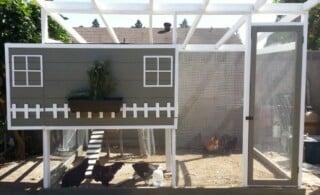 Raising Chickens at Home
Raising Chickens at Home 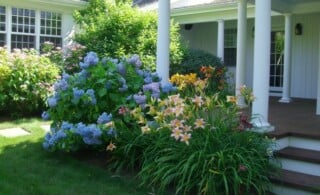 Spring Garden Flower Tips and Suggestions
Spring Garden Flower Tips and Suggestions 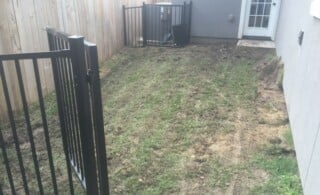 Plan Ahead for a Better Yard
Plan Ahead for a Better Yard  How to Hire a Gardener for Your Lawn and Garden
How to Hire a Gardener for Your Lawn and Garden 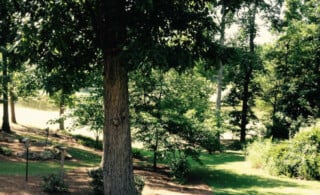 What Should I Do With My Shade Trees After a Storm?
What Should I Do With My Shade Trees After a Storm? 

Are You Familiar With This Topic? Share Your Experience.